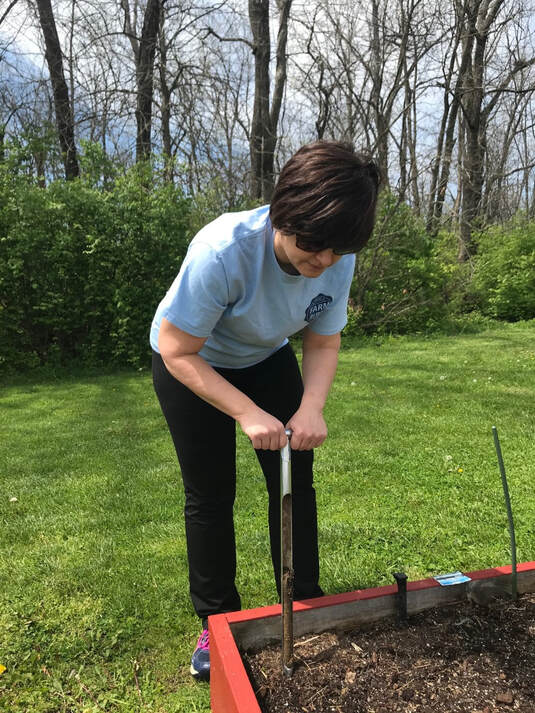|
Soil tests are an essential part of farming and gardening because they can help determine plant nutrient needs and plant selection decisions thus helping to keep money in your pocket. Testing soil has often been compared to visiting a doctor for a health check-up. Physicians use tests to help them prescribe medications and the same should be done for our soil. Having too much of one nutrient can affect our crops badly and affect the productivity, on the other hand not having enough nutrients to sustain plants can be detrimental to the crop. Whether you are a wanting to grow a small vegetable garden or a thousand acres of corn; soil testing is a good thing to give you a basis on where to start. Testing soil helps to keep the soil healthy by measuring what is exactly in the soil. Soil labs then give recommendations on what to apply to ensure excess nutrients are not available to escape into groundwater, streams and lakes where they contribute to environmental problems (i.e. algal blooms, hypoxia, etc.). A big water quality issue in the State of Ohio that is affecting not only lake Erie but inland lakes such as Buckeye Lake, Grand Lake St. Marys and even Caesar Creek is excess phosphorus. It is important that phosphorus is not added if the soil does not need it. In many parts of the country fertilizer companies are not including phosphorus in their mixes to ensure phosphorus is not over applied. Soil sampling can be done any time of the year but it is best not to take samples in high rain events. One test can be taken for an area if there are no major topography changes or the area has not been treated differently in the past (I.e. pasture in one area of the field and crops in the other area). It is recommended that a separate test be taken in that area that was managed differently so that results are not skewed. It is also recommended to lump no more than 20 acres together in one test.
The field should be walked in a zig-zag pattern, with a subsample taken every few feet. For small areas such as vegetable garden, 5-10 subsamples are sufficient and 10-15 subsamples for larger areas such as lawns and fields. Subsample depths should be taken at the following:
11 Comments
12/1/2020 07:30:02 am
It is a great blog post.I am always read your blog helpful and informative tips. I like it thanks for sharing this information with us
Reply
11/29/2021 10:03:56 am
Yes, soil testing is an important part of gardening as it helps in keeping soil healthy. A big thanks for such a valuable post!
Reply
12/17/2021 01:06:48 am
My parents mentioned that they need to have their soil tested before they can have their swimming pool built. I do agree that it is important for us to have the soils tested by a professional as they have the relevant tools and skills. I will definitely keep this information in mind when I look for a reputable service for their soils to be tested.
Reply
2/9/2022 01:27:47 am
It got me when you said that soil testing is important to know if the soil has enough nutrients to sustain plants. My husband and I are planning to buy a piece of land that we can use to grow plants and other crops for our personal use. I guess we should look for soil testing services to help us determine the stability of the soil.
Reply
3/21/2022 11:01:47 am
I want to start a garden, but I'm not sure what to do before I start planting. It makes sense that I would want to get my soil tested! That way, I can find out if the soil has the right nutrients.
Reply
5/19/2022 03:42:01 pm
Thanks for highlighting that soil stabilization is important for gardening as it helps to determine the nutrient that our plants need. My wife shared that she is looking to take up gardening as a hobby. I think I will help her to have a soil stabilization done, so that she knows what is required to ensure her plants grow healthily.
Reply
6/27/2022 06:33:03 pm
Thanks for this article about soil testing. I find it interesting that testing helps to keep your soil healthy. I'd suggest hiring a professional soil testing company for effective results.
Reply
11/3/2022 10:24:50 am
My sister and her husband bought a piece of land and are planning to start a farm there and grow some veggies next year. That's why I think they must conduct a soil test to know more about their land before harvesting anything, so I'll suggest it when I see them again. Thanks for the advice on how soil tests tell us about our soil's nutrients and health.
Reply
2/20/2023 09:42:06 pm
Thank you for expressing that by determining exactly what is in the soil, soil testing helps to maintain the soil's health. My granny desires to begin farming. I'll advise her to purchase soil and get it tested to ensure that it is healthy.
Reply
6/15/2023 12:25:58 am
Soil testing is an often overlooked yet critical aspect of land management and conservation. This blog post effectively emphasizes the importance of soil testing as a valuable investment for farmers, landowners, and environmental enthusiasts. Understanding the composition and health of the soil allows for informed decision-making, better crop yields, and the implementation of sustainable practices. The information provided in this article serves as a compelling reminder of the benefits that soil testing can bring. Thank you for sharing this insightful piece!
Reply
Leave a Reply. |
Details
Warren County SWCD Staff BlogA blog to keep you informed on all the latest news at Warren County SWCD and in the conservation world. Archives
March 2024
Categories
All
|
|
|
Contact:PHONE: (513) 695 - 1337
EMAIL: wcswcd@gmail.com HOURS: Monday - Friday 7:30am - 4:00pm (except holidays) Connect:Warren County Soil & Water Conservation District Copyright © 2016
Warren SWCD Privacy Notice. Emails are serviced by Constant Contact. Constant Contact's Privacy Notice. |

